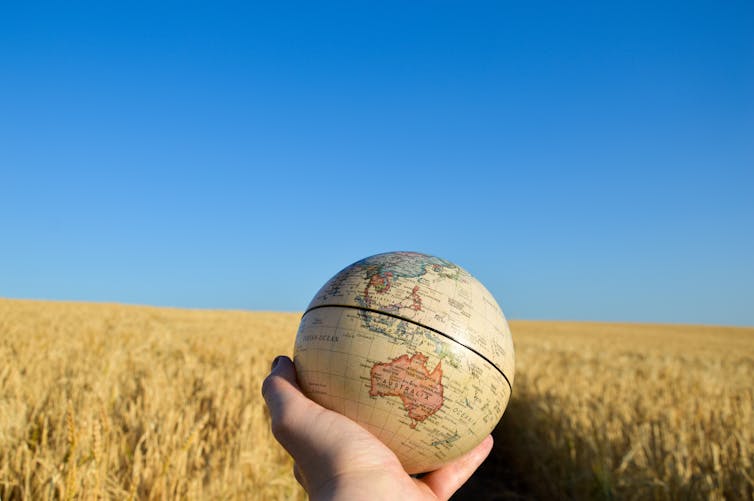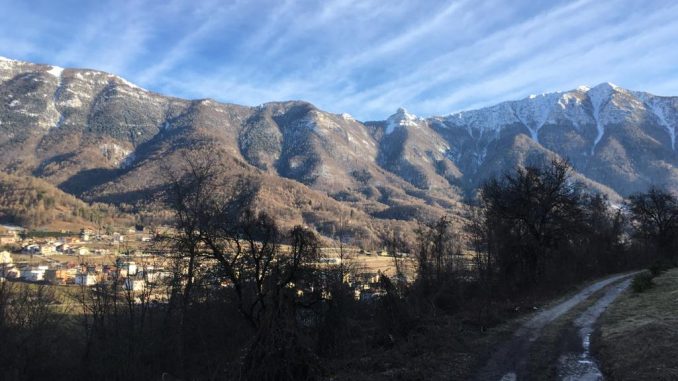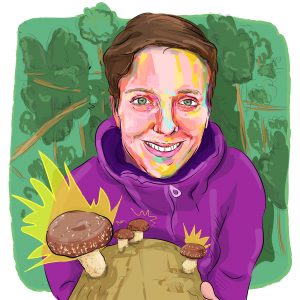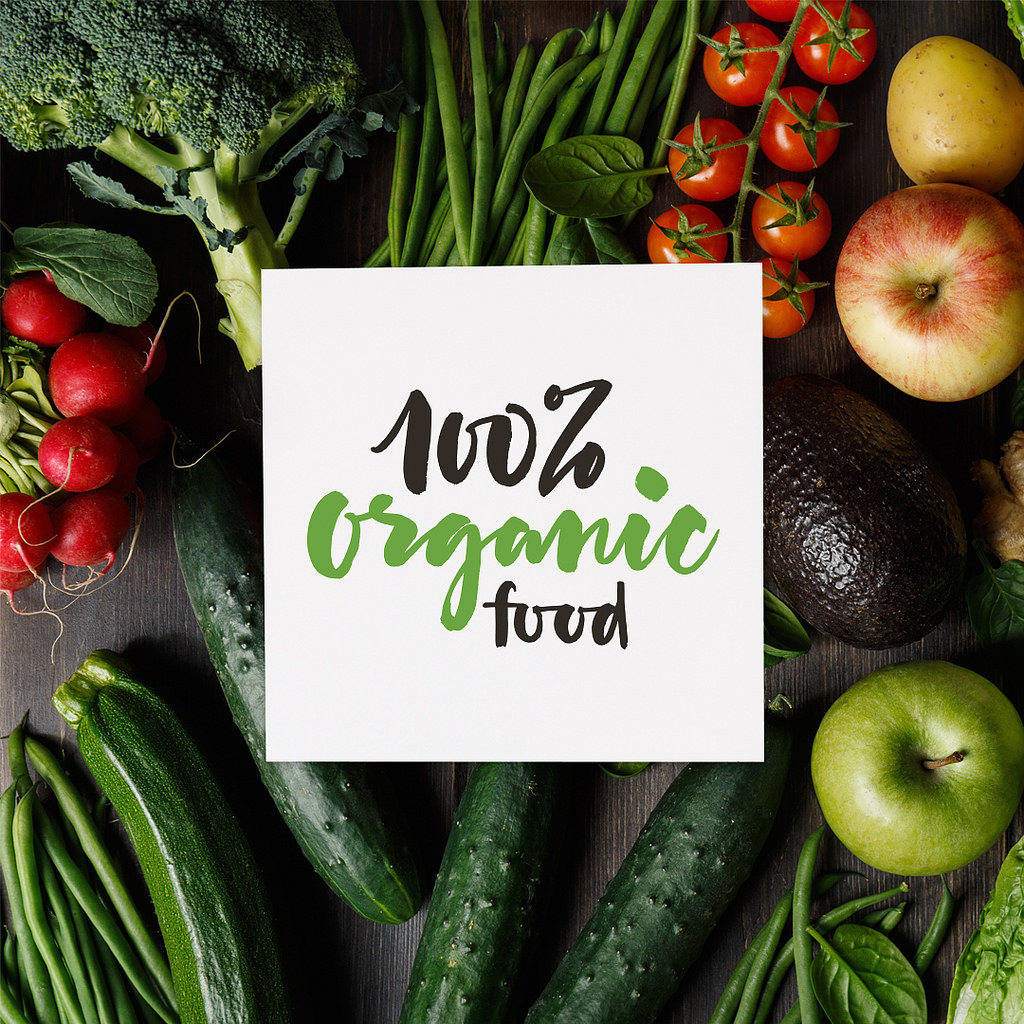How are we going to tackle agriculture’s enormous contribution to the climate and biodiversity crises? One of the few things everyone agrees on is that it won’t be easy, and part of the reason for this is the huge amount of disagreement around the viability and sustainability of many of the proposed solutions. Moving to faster-growing breeds of livestock, for example, could risk delivering carbon gains at the expense of biodiversity and animal welfare. There are, however, some measures with more universal support, and one of the most potentially significant of these is agroforestry.
Traditionally defined as the growing of commercially productive trees and agricultural crops on the same piece of land, agroforestry is, despite its new-found fame, a very old practice – though one which has sadly been almost entirely lost from our landscape. In contrast to the prevailing mindset around trees and food production, which largely sees these two land uses as mutually exclusive, agroforestry systems are designed in a way that provides benefits to both enterprises, while also generating a range of environmental gains such as improved soil health, reduced runoff, increased biodiversity – and of course, carbon sequestration.
It’s no wonder, then, that agroforestry has received widespread support from many different quarters over recent years. But with a range of different possible approaches and few on-the-ground practitioners, what might its implementation at scale actually look like? Thanks to the pioneering work of the likes of Stephen Briggs and his alley cropping system of apples and cereals, we have proven models that show how agroforestry can work on cropland. But with the exception of some research trials carried out in the 1980s, there has, as far as I’m aware, been very little research done into how agroforestry might be best implemented in grassland areas…
…click on the above link to read the rest of the article…







 We are back on Chiara Garini’s forest farm at the foot of the Italian Alps. Three years in, her mushroom farm and forest garden is at a crossroads: should she expand or diversify? In any case Chiara is determined to bring utopia into her business plan, and tells us about an exciting new development on the farm…
We are back on Chiara Garini’s forest farm at the foot of the Italian Alps. Three years in, her mushroom farm and forest garden is at a crossroads: should she expand or diversify? In any case Chiara is determined to bring utopia into her business plan, and tells us about an exciting new development on the farm…








